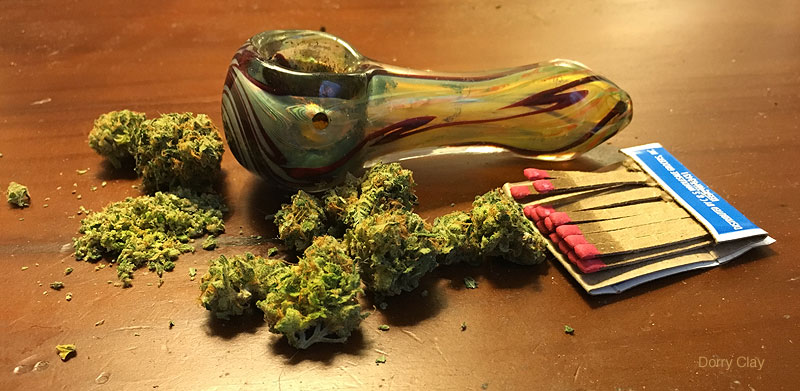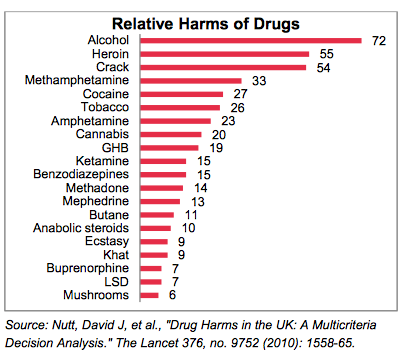assessing drug harms and drug facts

Theory:
It is the definitional activities of the state and the media, rather than the reported incidence of crime or drug use and abuse, that has shaped public concern regarding those issues. [T]he politicization of the crime and drug issues has been the result of their social construction by the mass media and especially state actors. [S]state initiative on these issues may be seen as part of a "hegemonic project" aimed at rebuilding political consensus around opposition to the reform movements of the 1960s and to the subsequent expansion of the welfare state. Racially charged "social issues" such as "street crime" and drug use have played a central role in this project.
– Katherine Beckett, “Setting the Public Agenda: "Street Crime" and Drug Use in American Politics,” 1994
Practice:
In 1994, John Ehrlichman, the Watergate co-conspirator, unlocked for me one of the great mysteries of modern American history: How did the United States entangle itself in a policy of drug prohibition that has yielded so much misery and so few good results? Americans have been criminalizing psychoactive substances since San Francisco’s anti-opium law of 1875, but it was Ehrlichman’s boss, Richard Nixon, who declared the first “war on drugs” and set the country on the wildly punitive and counterproductive path it still pursues. I’d tracked Ehrlichman, who had been Nixon’s domestic-policy adviser, to an engineering firm in Atlanta, where he was working on minority recruitment. I barely recognized him. He was much heavier than he’d been at the time of the Watergate scandal two decades earlier, and he wore a mountain-man beard that extended to the middle of his chest.
At the time, I was writing a book about the politics of drug prohibition. I started to ask Ehrlichman a series of earnest, wonky questions that he impatiently waved away. “You want to know what this was really all about?” he asked with the bluntness of a man who, after public disgrace and a stretch in federal prison, had little left to protect. “The Nixon campaign in 1968, and the Nixon White House after that, had two enemies: the antiwar left and black people. You understand what I’m saying? We knew we couldn’t make it illegal to be either against the war or black, but by getting the public to associate the hippies with marijuana and blacks with heroin, and then criminalizing both heavily, we could disrupt those communities. We could arrest their leaders, raid their homes, break up their meetings, and vilify them night after night on the evening news. Did we know we were lying about the drugs? Of course we did.”
– Dan Baum, Legalize It All: How to win the war on drugs, Harper’s, April 2016
